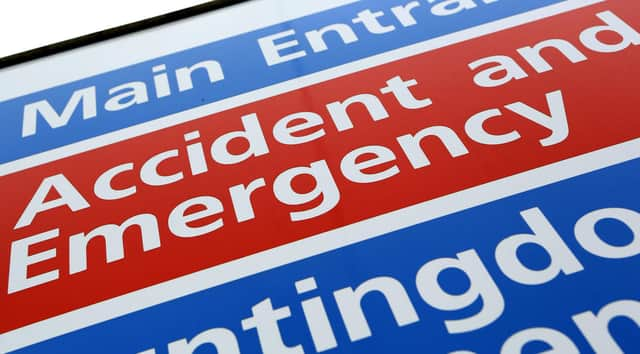Rise in visits to A&E at Imperial College Healthcare


More patients visited A&E at Imperial College Healthcare last month, with demand rising above the levels seen over the same period last year.
NHS England figures show 25,971 patients visited A&E at Imperial College Healthcare NHS Trust in October.
Advertisement
Hide AdAdvertisement
Hide AdThat was a rise of 3% on the 25,303 visits recorded during September, and 51% more than the 17,234 patients seen in October 2020.
The figures show attendances were above the levels seen before the coronavirus pandemic – in October 2019, there were 25,182 visits to A&E at Imperial College Healthcare.
Around 47% of attendances last month were via major A&E departments – those with full resuscitation equipment and 24-hour consultant-led care – while 39% were via minor injury units.
Meanwhile, around 14% were via consultant-led departments with single specialties, such as eye conditions or dental problems.
Advertisement
Hide AdAdvertisement
Hide AdAcross England, A&E departments received 2.2 million visits last month.
That was an increase of 2% compared to September, and 36% more than the 1.6 million seen during October 2020.
At Imperial College Healthcare NHS Trust:
In October:
1,407 patients waited longer than four hours for treatment following a decision to admit
Of those, 42 were delayed by more than 12 hours
Separate NHS Digital data reveals that in September:
The median time to treatment was 66 minutes
Around 7% of patients left before being treated